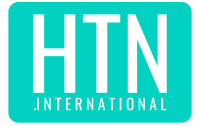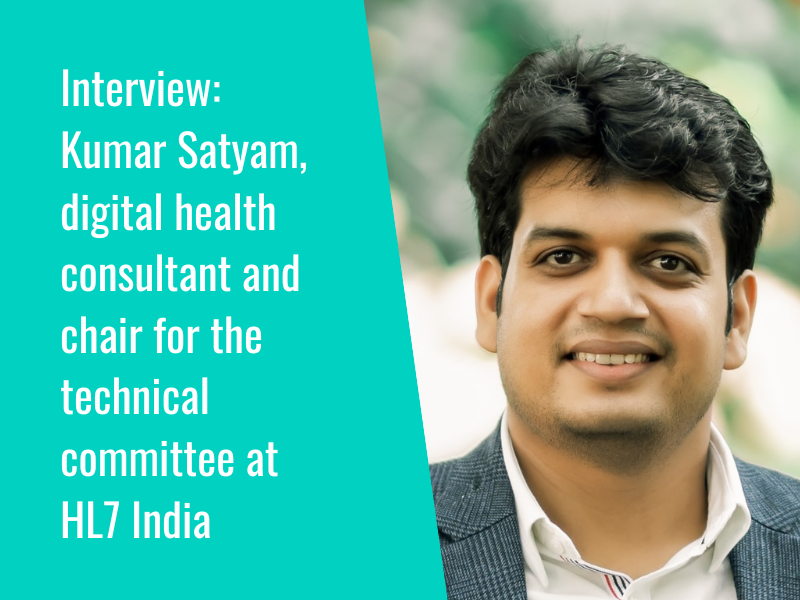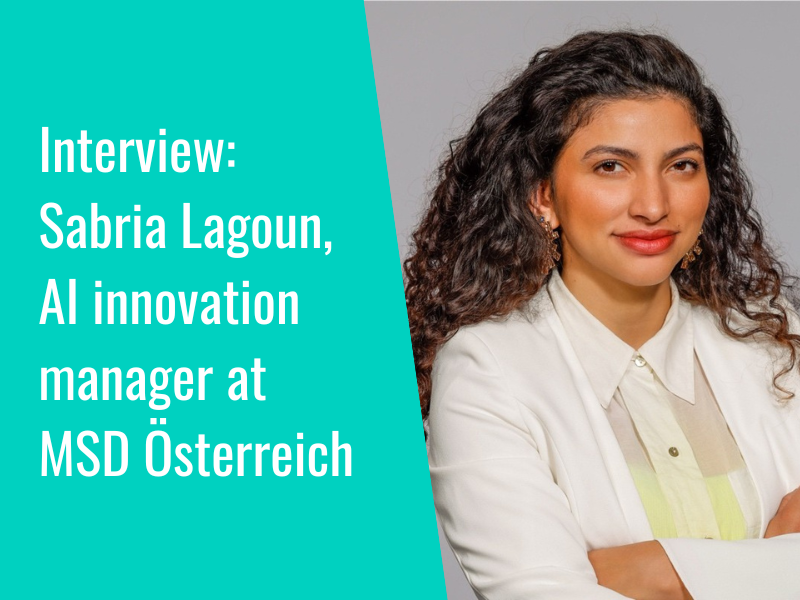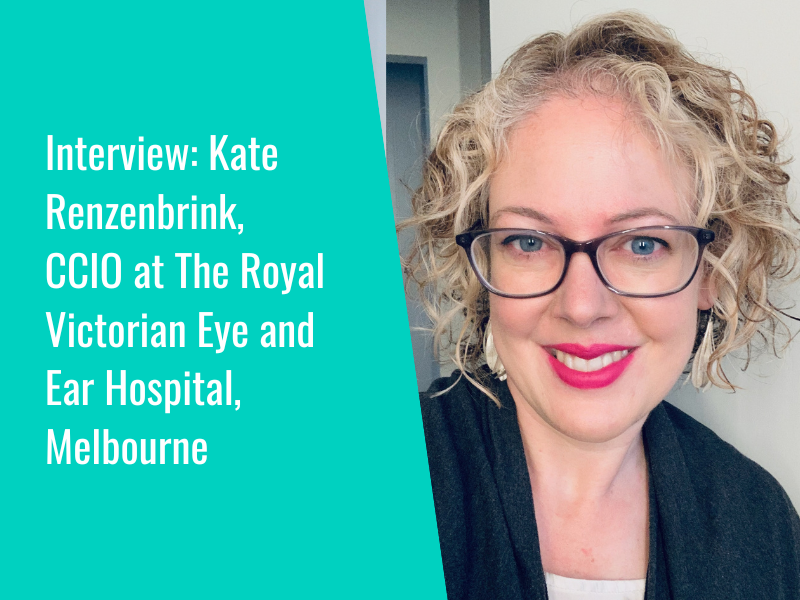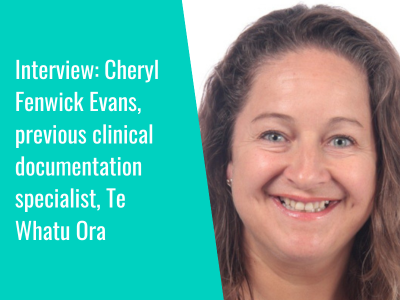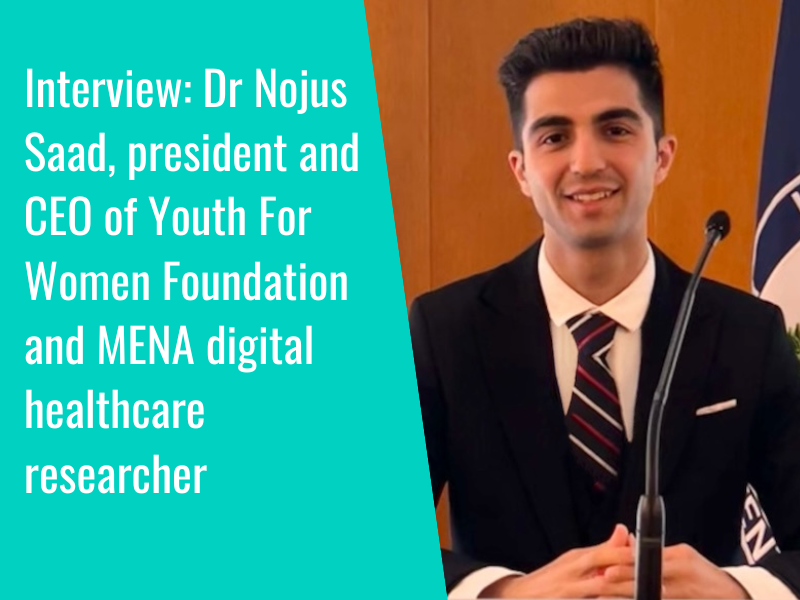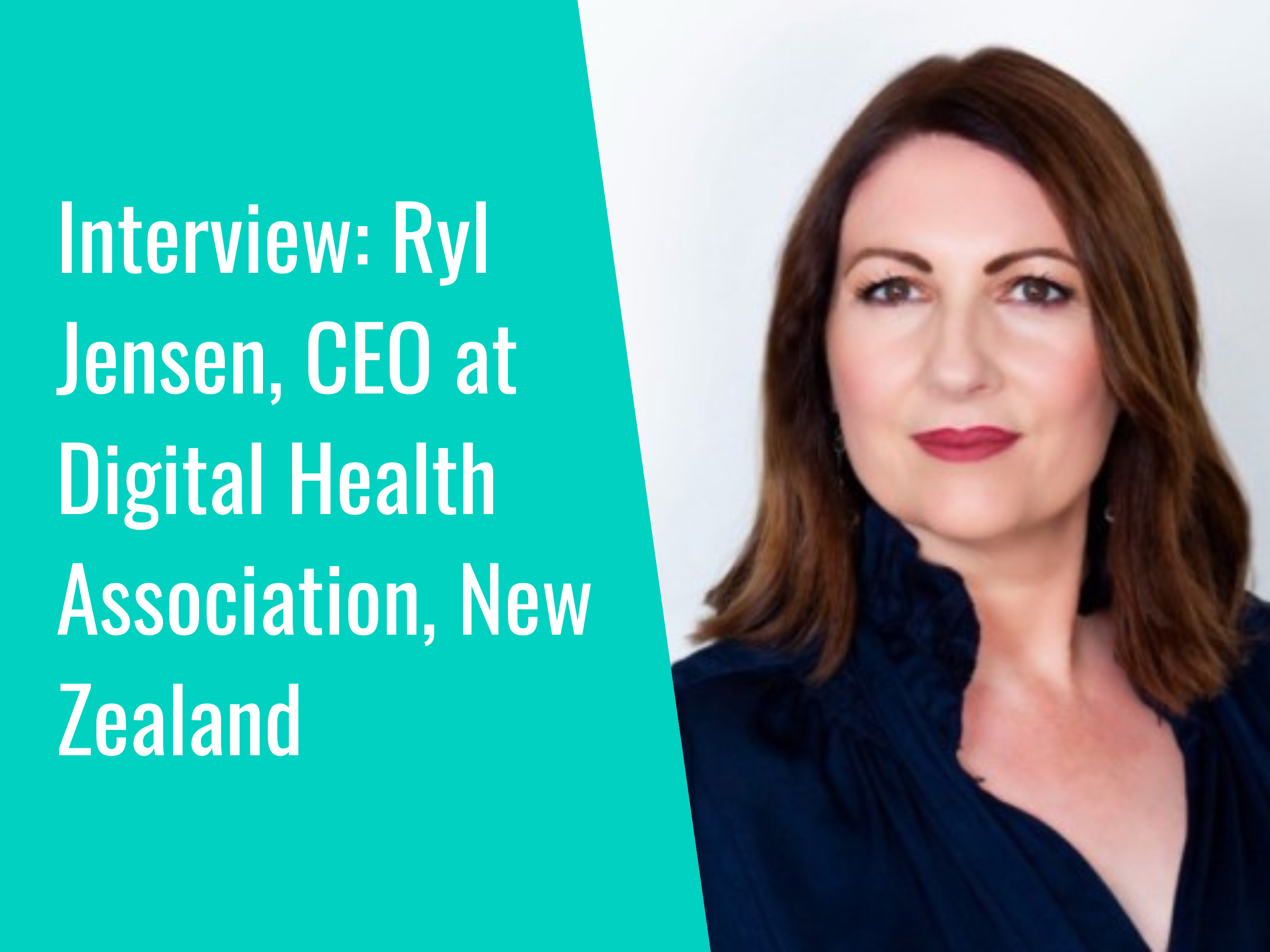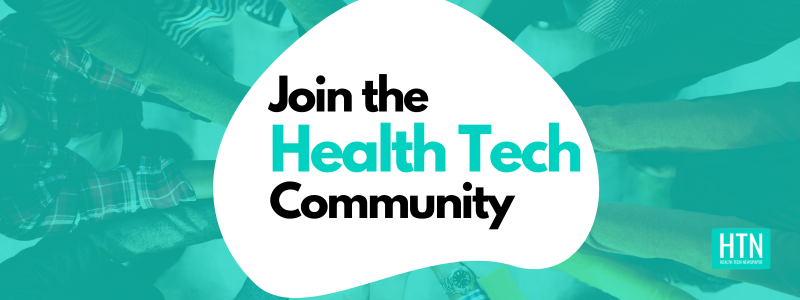Public emergency medical service Urgences-santé Quebec has announced a new AI initiative aiming to help optimise prehospital care planning in the wake of an increase in pre-hospital care demands placing Quebec’s emergency services under “growing pressure”.
With demand predicted to increase by 10 percent by 2033, Urgences-santé Quebec has partnered with Canadian-based SME Airudi to develop the MODUS platform, which harnesses AI to offer “real-time prediction” of pre-hospital service demands.
Urgences-santé cites objectives of the MODUS project as “improving the balance between emergency care supply and demand through predictability”, “improving response time and accessibility to care”, and “increasing work-life balance for paramedics”.
Referring to the solution as a new decision-support tool for managers, François Charpentier, president and CEO of Urgences-santé, highlighted the benefits of an “intelligent dashboard” in helping the service to monitor real-time pre-hospital service levels, and to predict demand across the long, medium, and short term.
MODUS, which was funded in part by $1.5 million from global AI innovation cluster SCALE AI, is to be rolled out gradually over the next few months at a total cost of around $2.3 million.
In related news on AI, New York’s Mount Sinai Health System has announced a new research collaboration with IBM Research, Harvard, Johns Hopkins, Columbia, Carnegie Mellon, and Deliberate AI, using AI and behavioural data to predict outcomes such as treatment discontinuation, hospitalisations, and ED visits for young people seeking mental health evaluation and treatment.
Also from the US, Caresyntax, a company specialising in surgical intelligence and automation technologies, has secured $180 million in funding for its AI-powered precision surgery platform. Described as “a scalable, end-to-end software and AI platform”, Caresyntax’s solution captures and analyses large volumes of video, audio, images, clinical and operational data in and around operating rooms, and can be accessed by care teams live, during procedures, via secure cloud and telehealth links.
- 1
- 2
